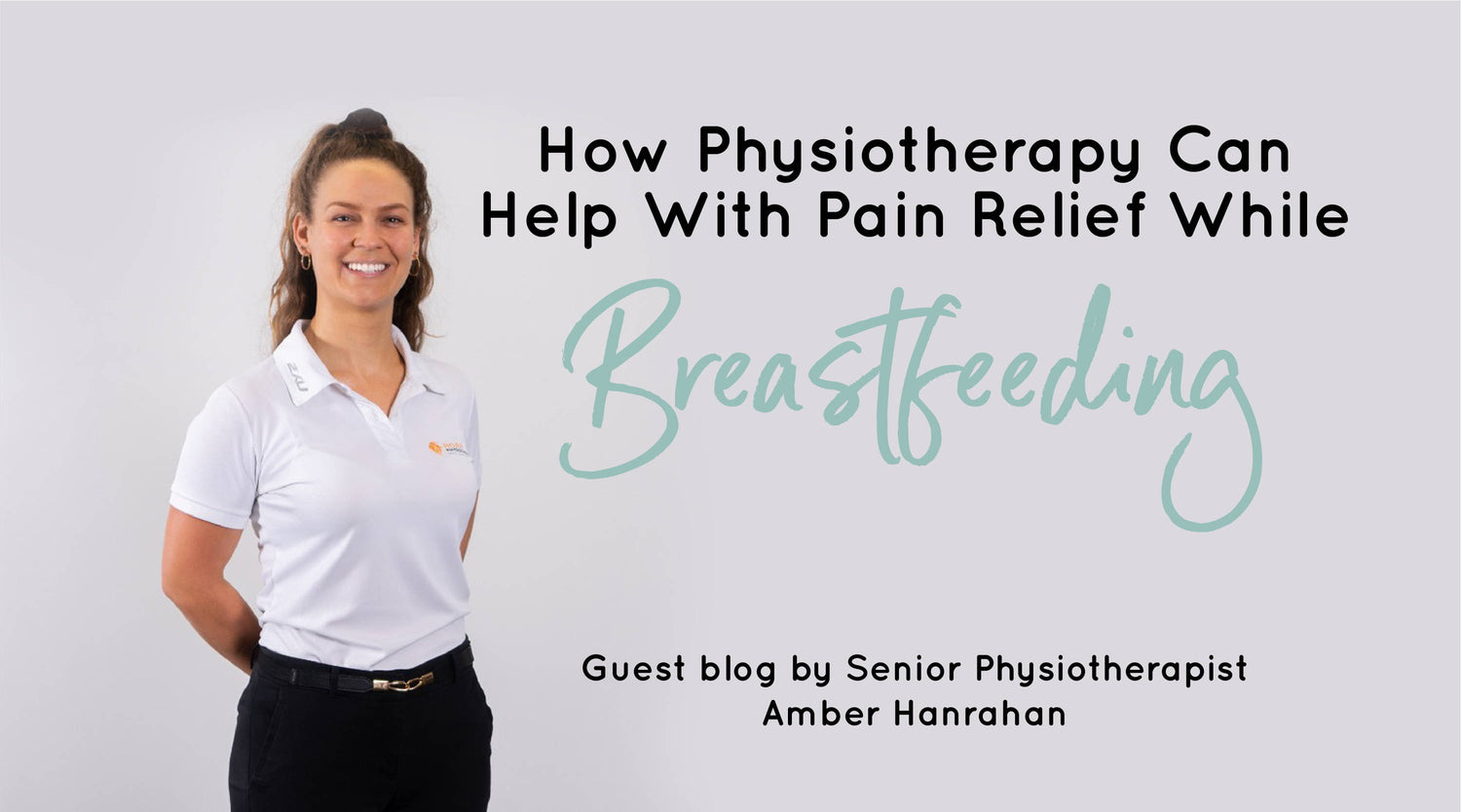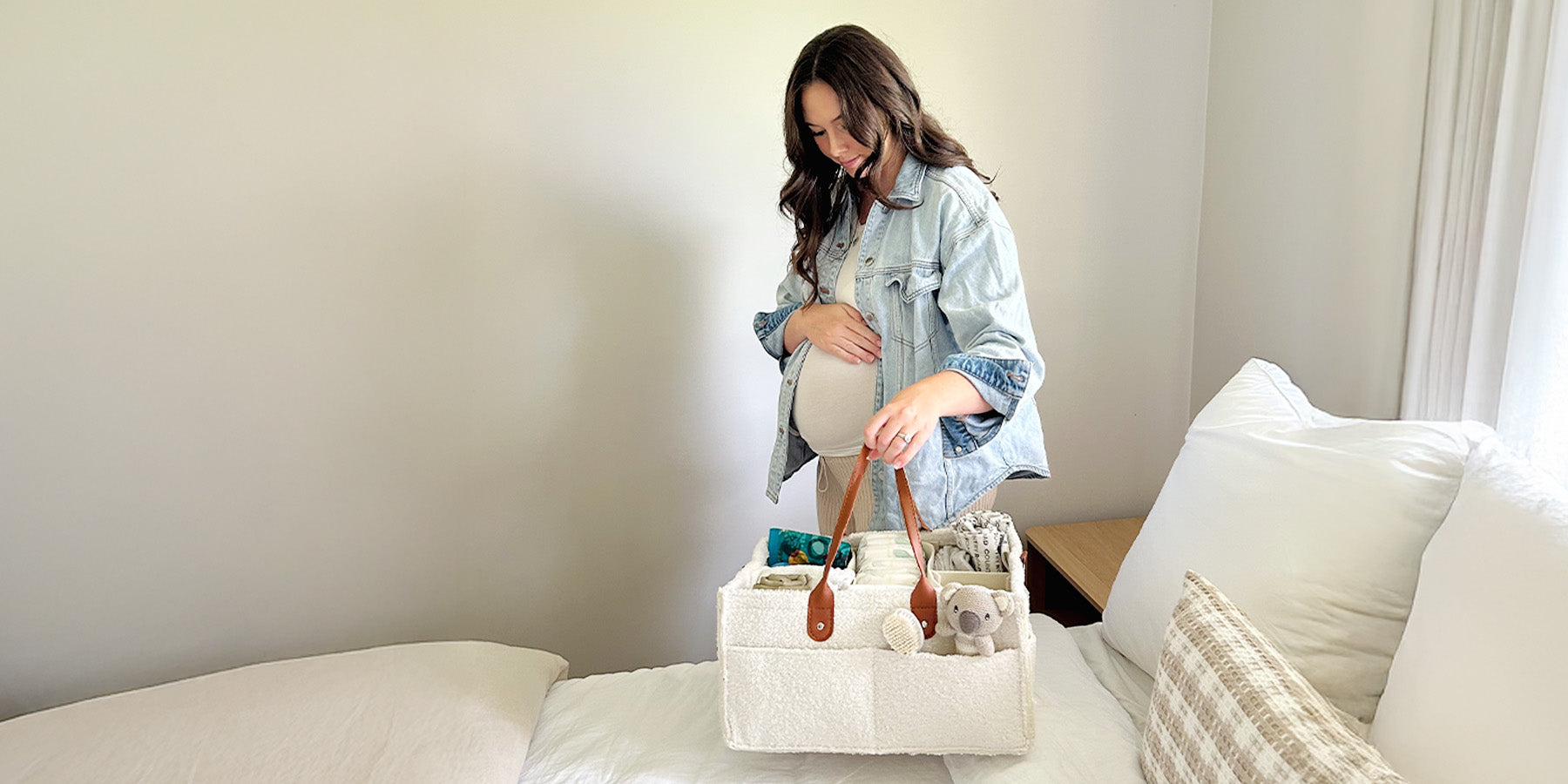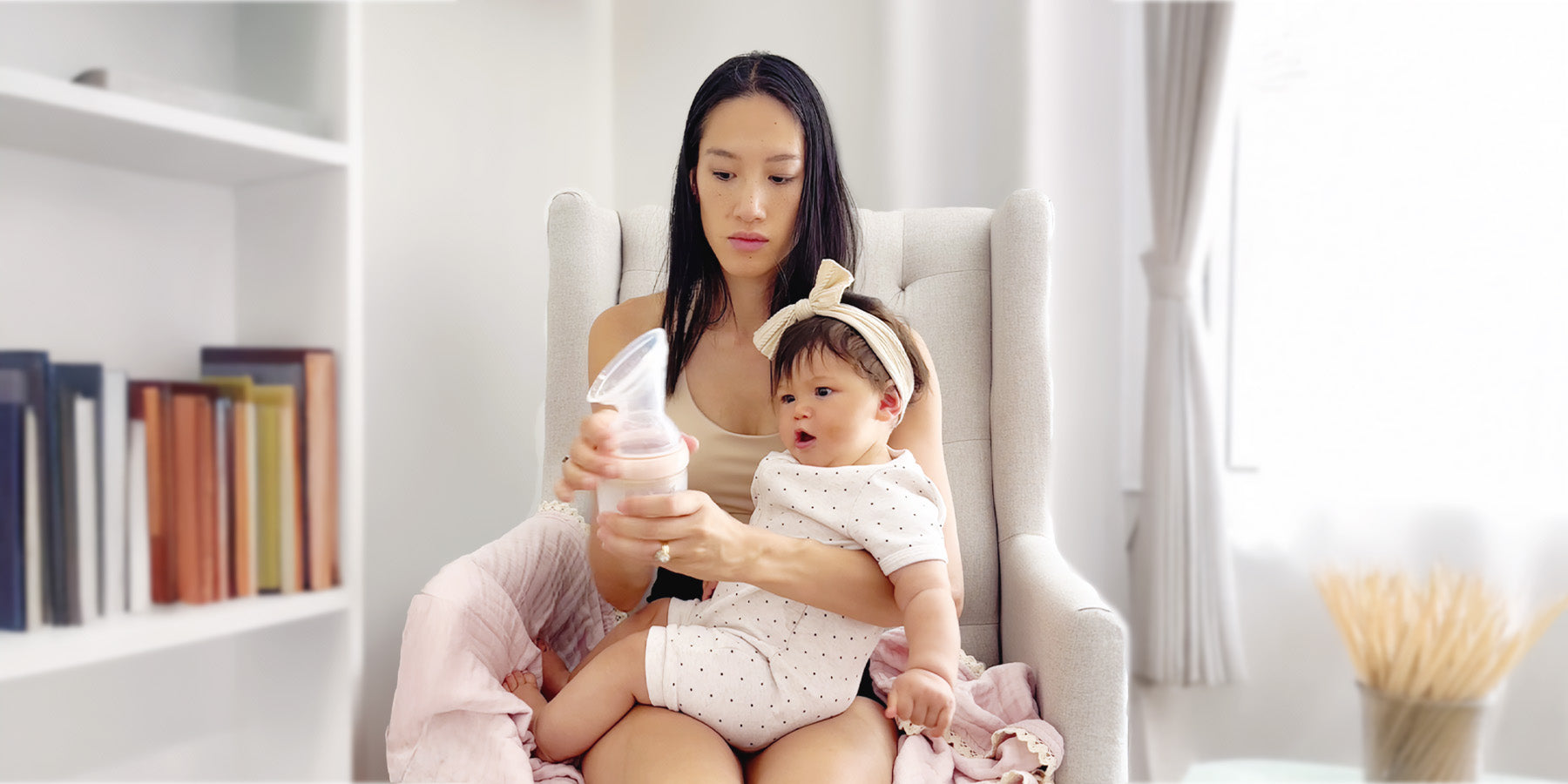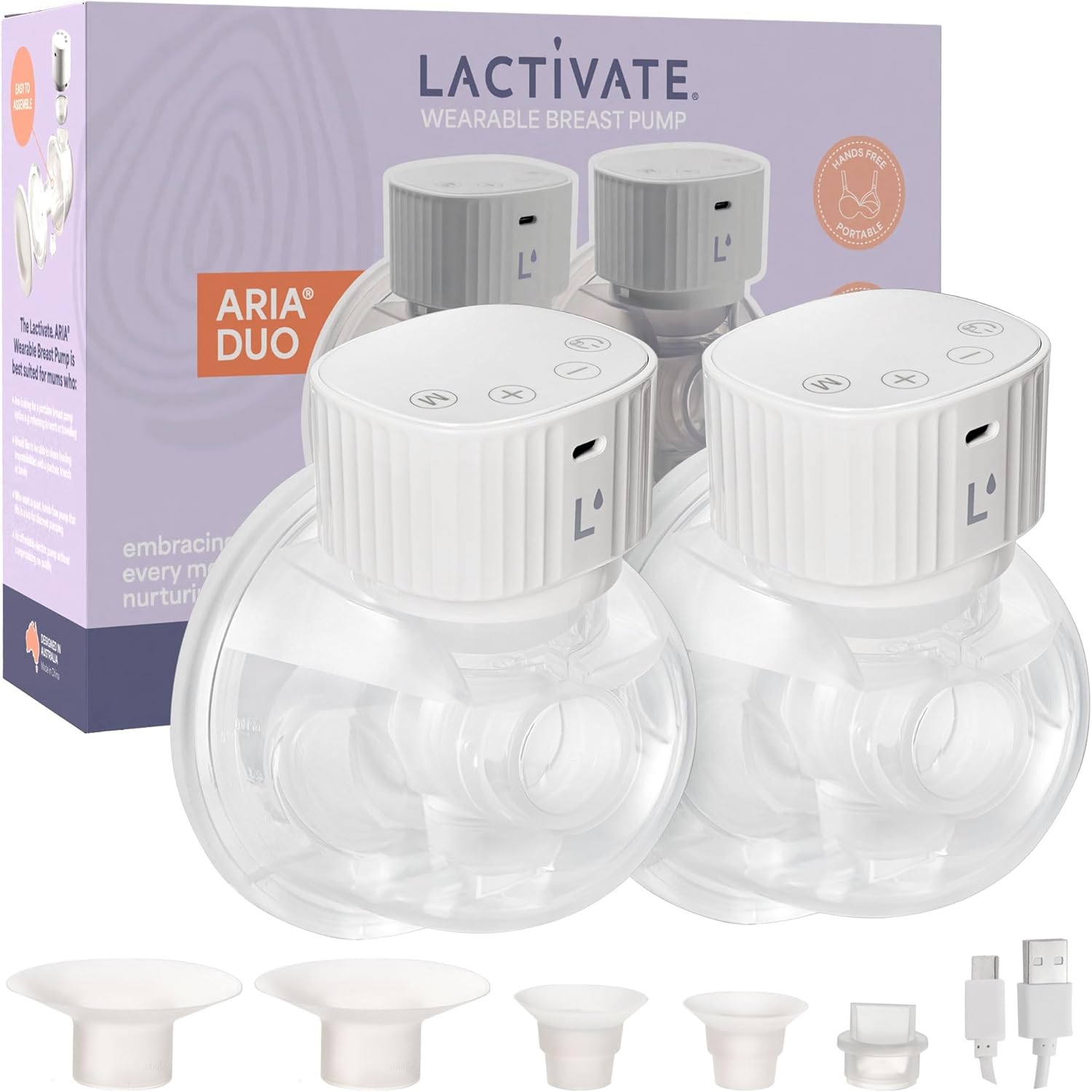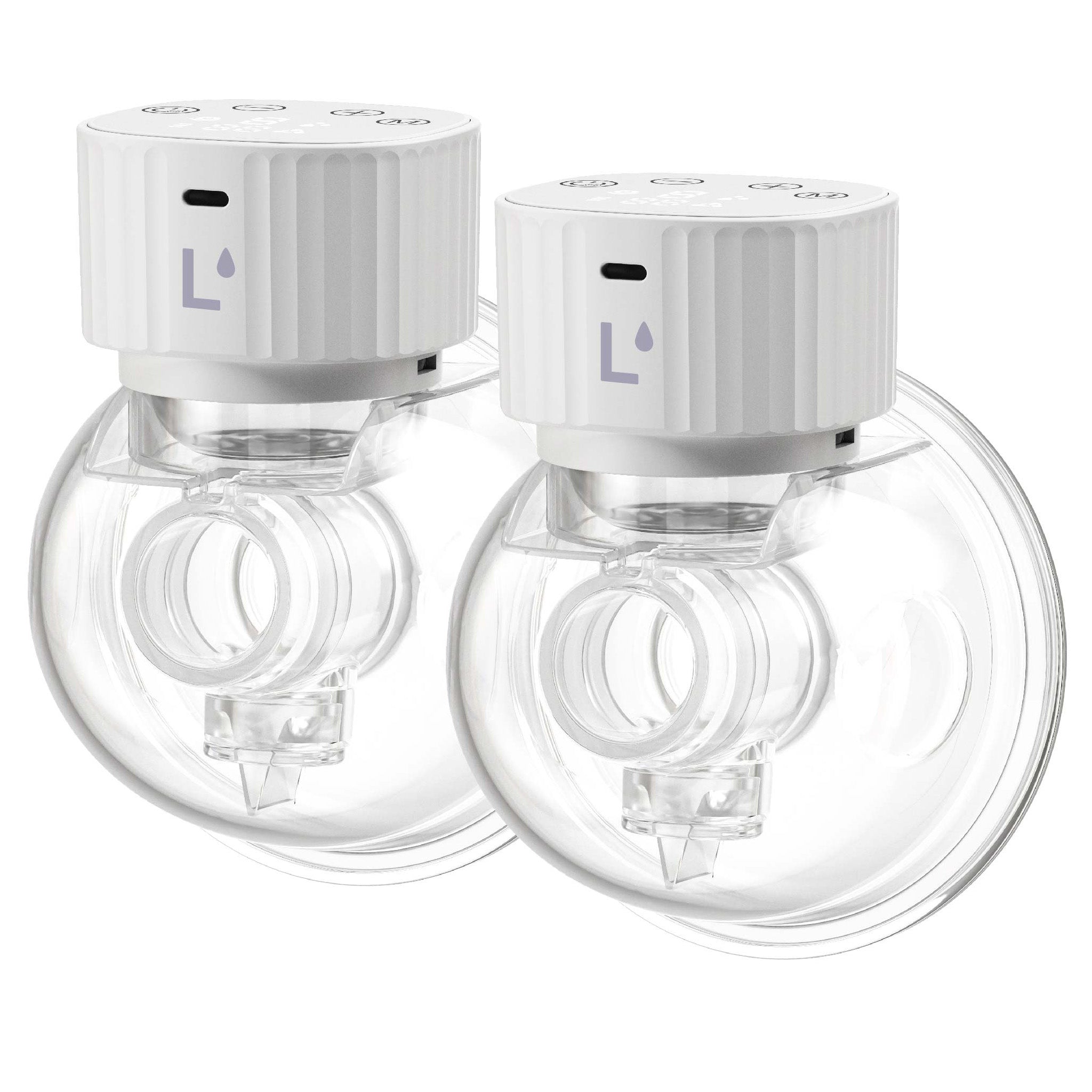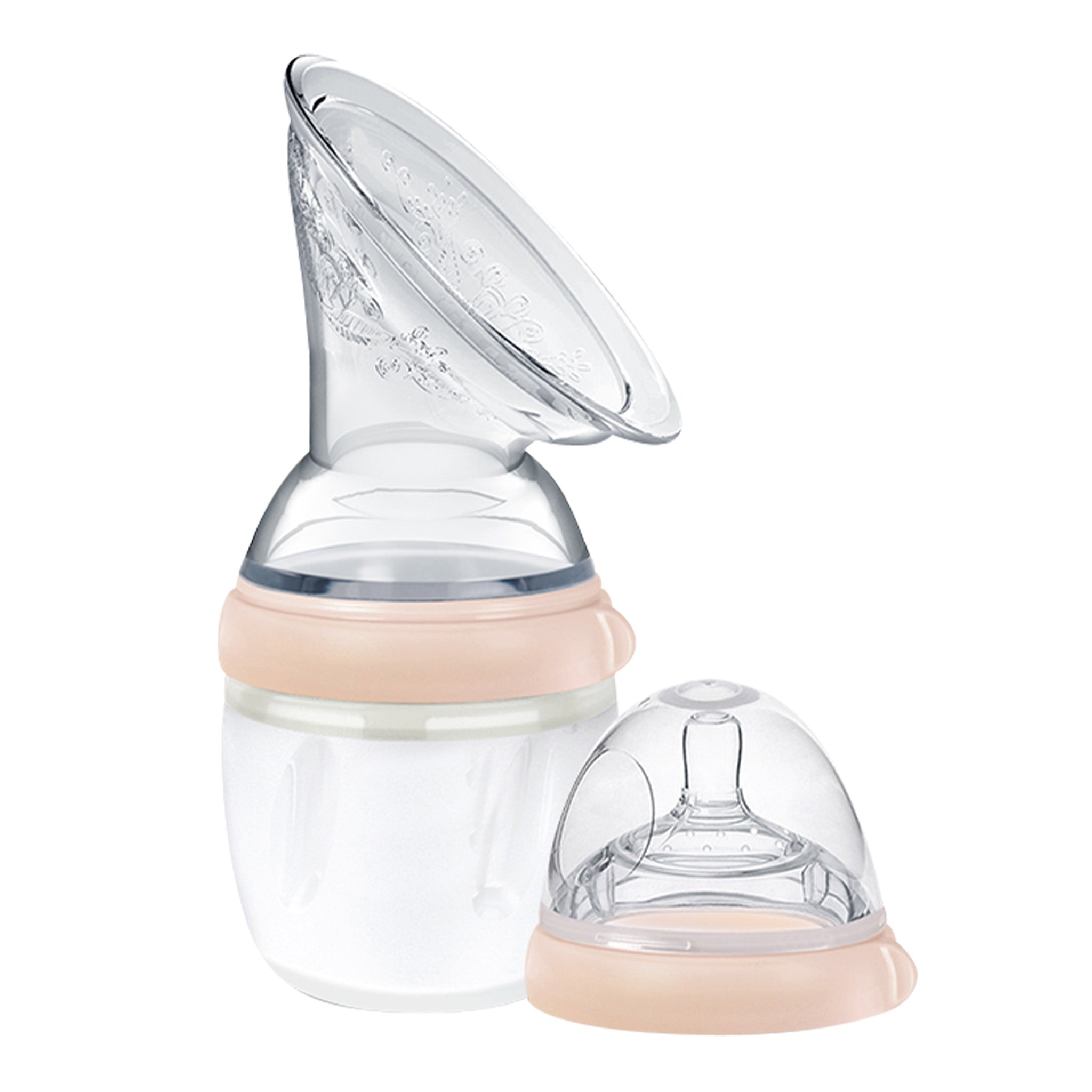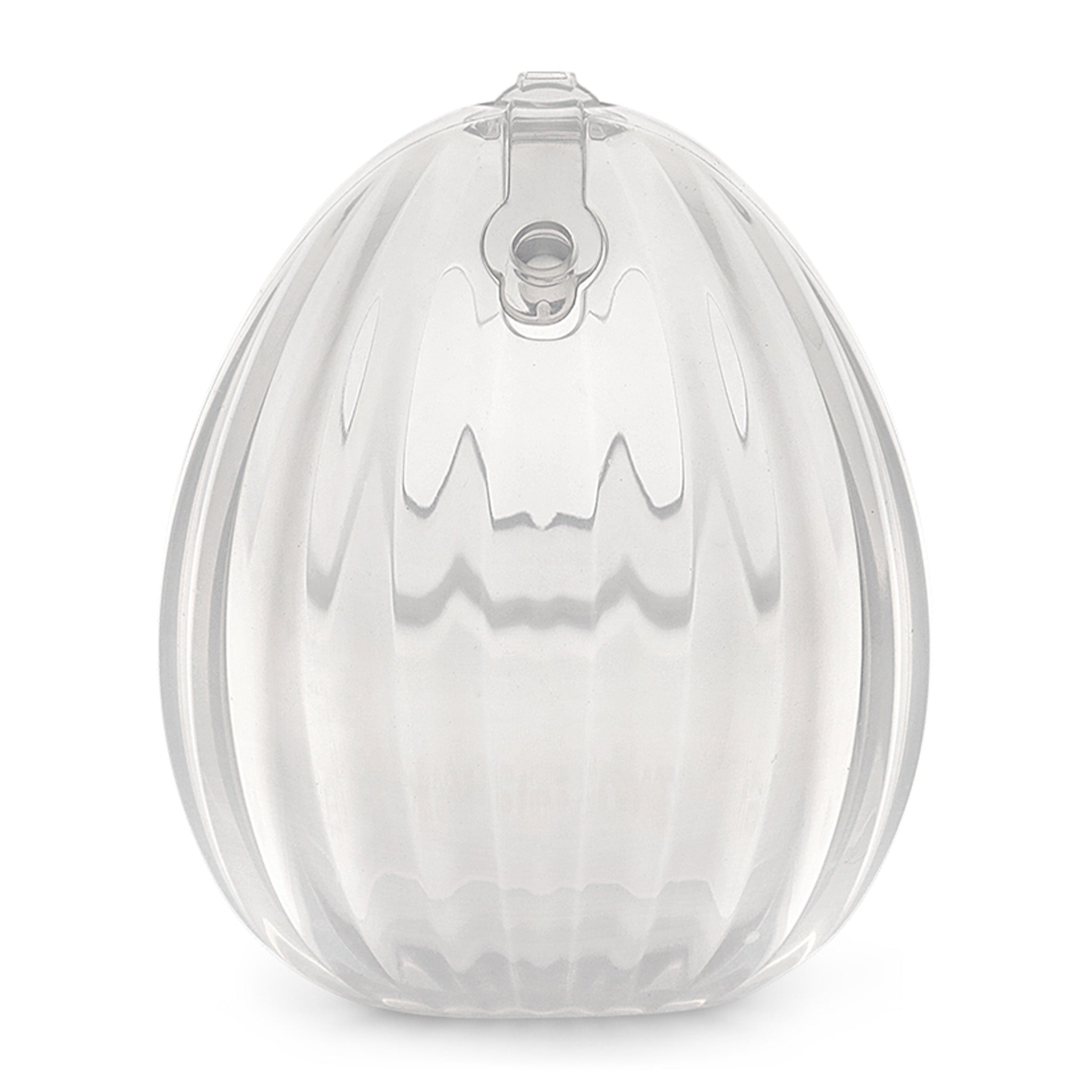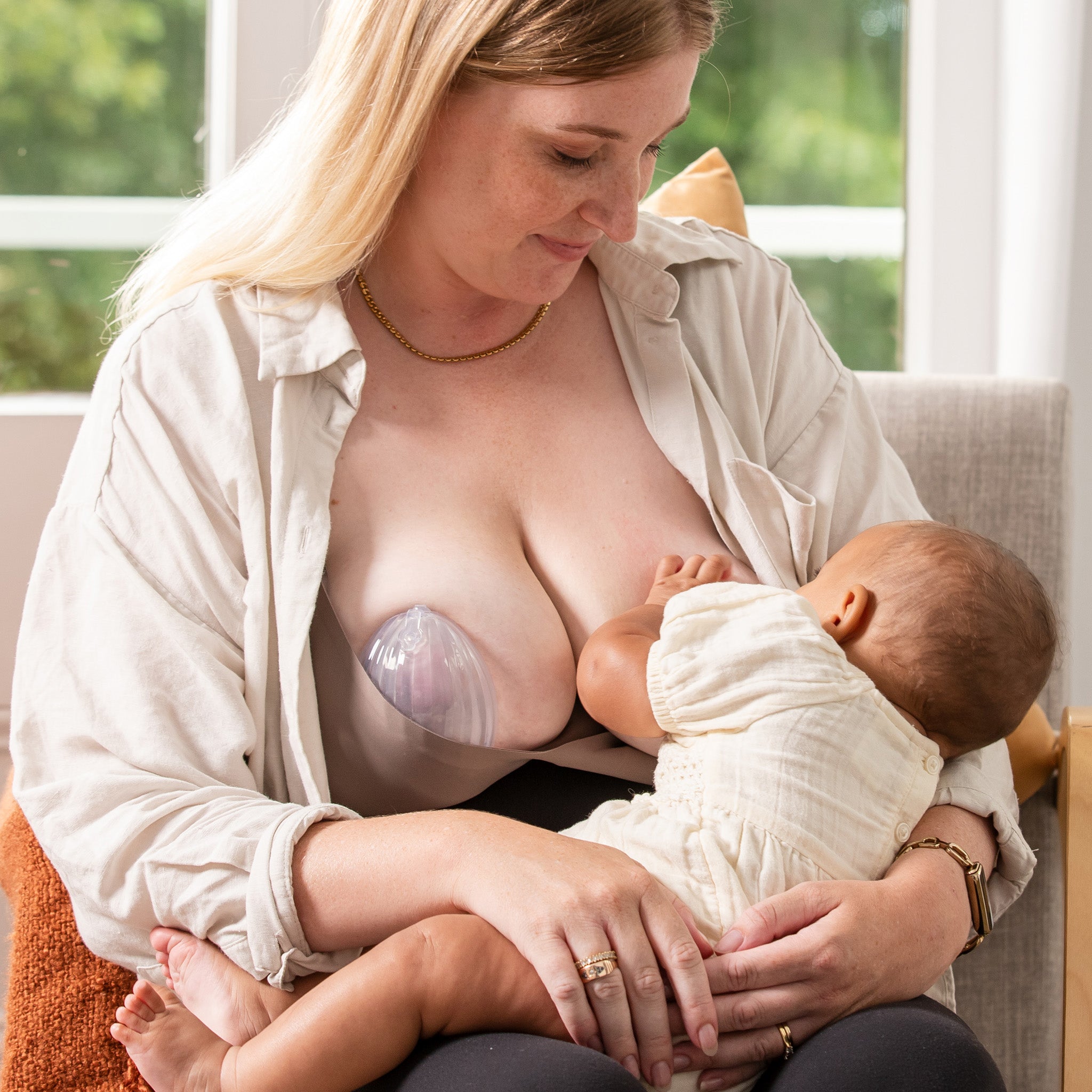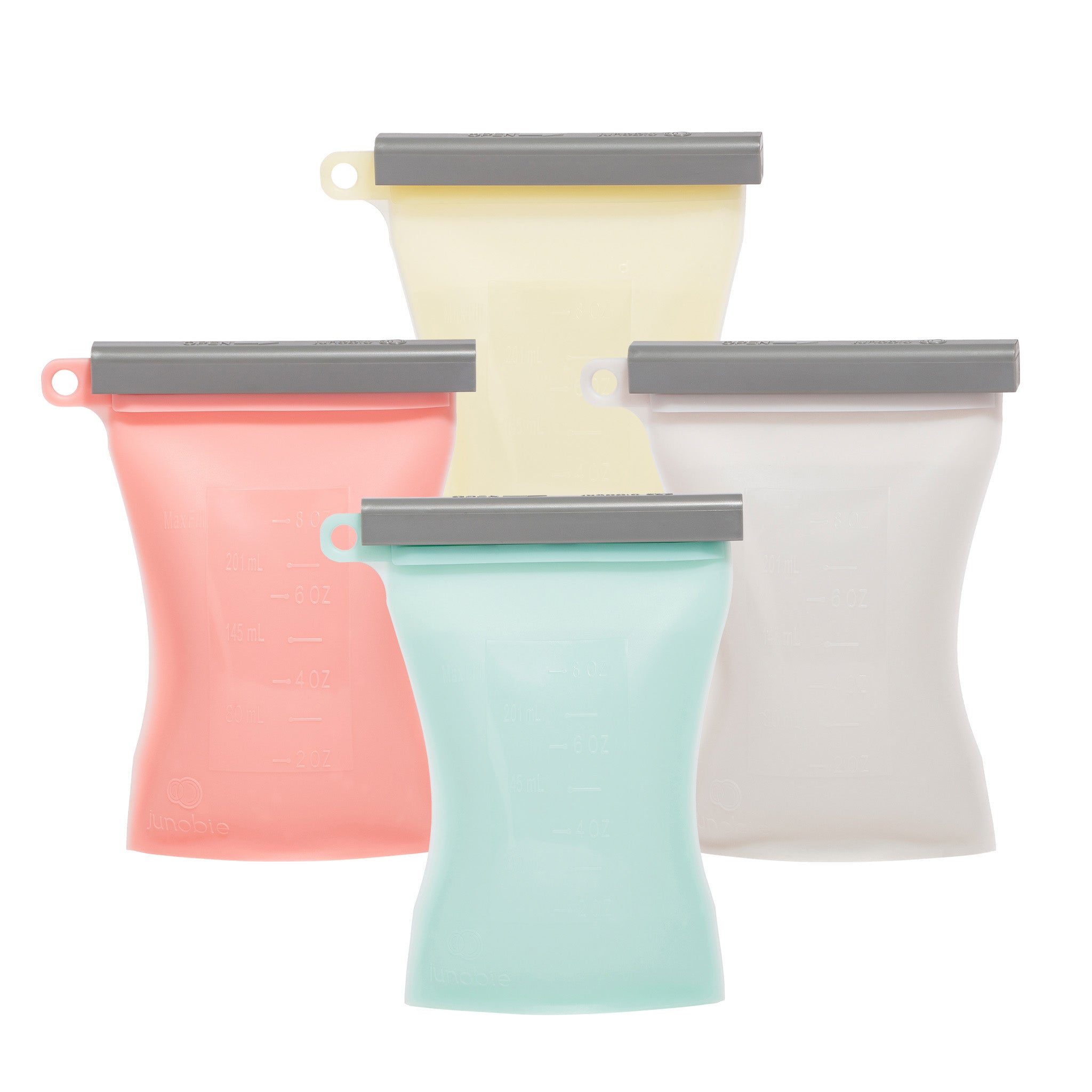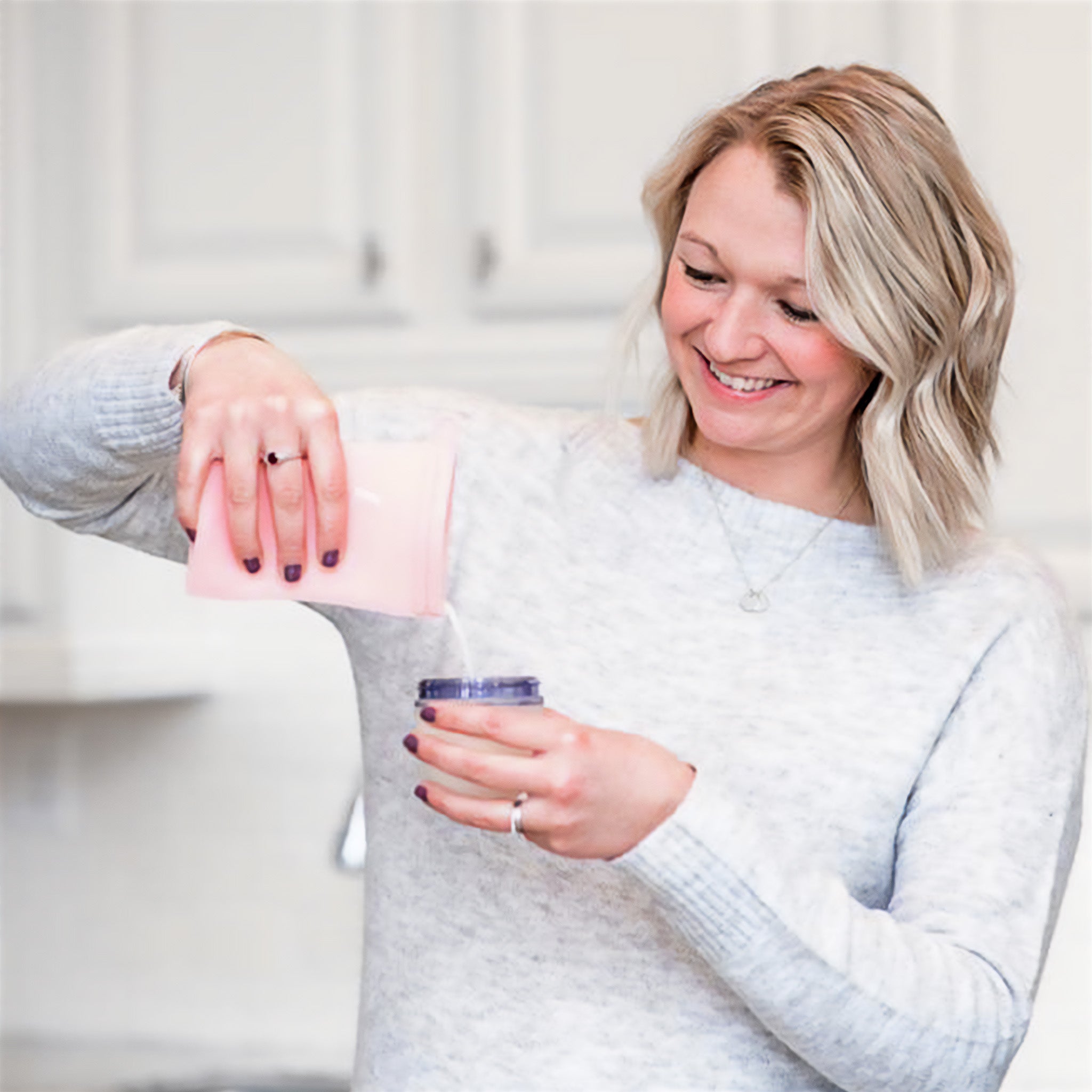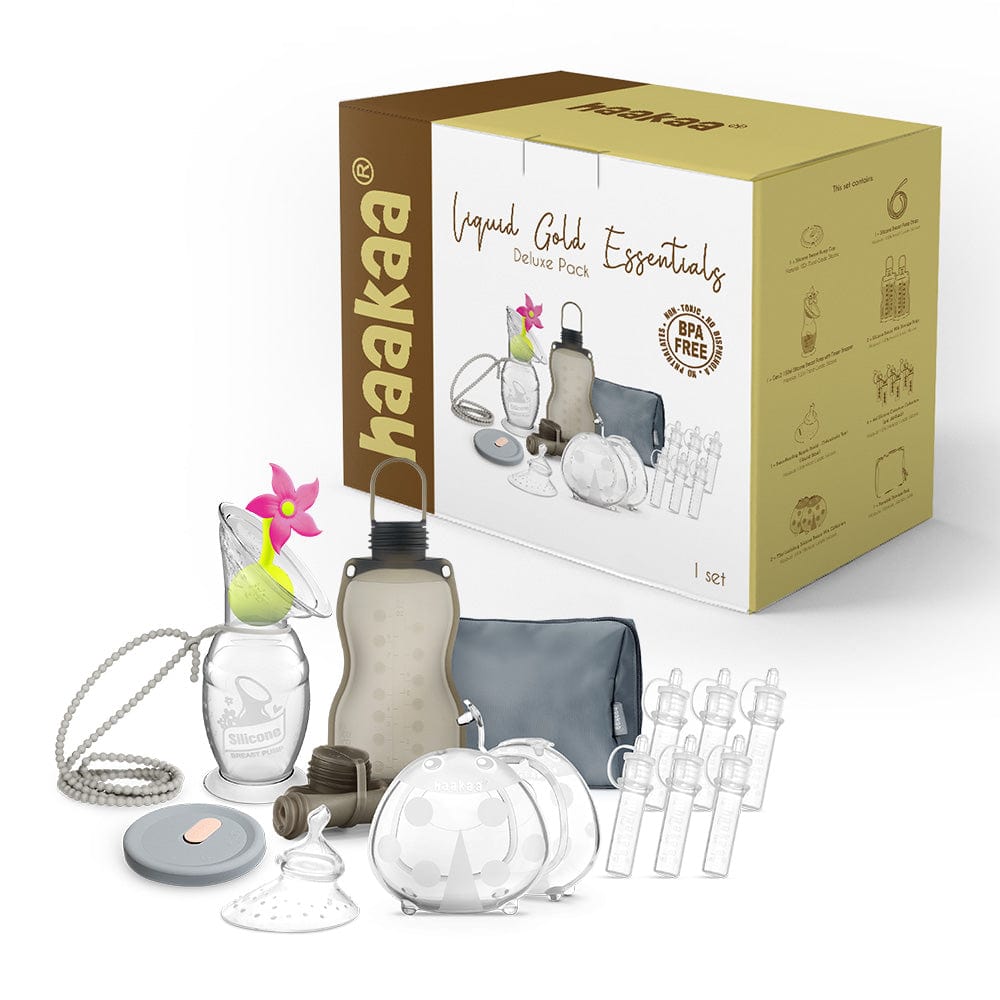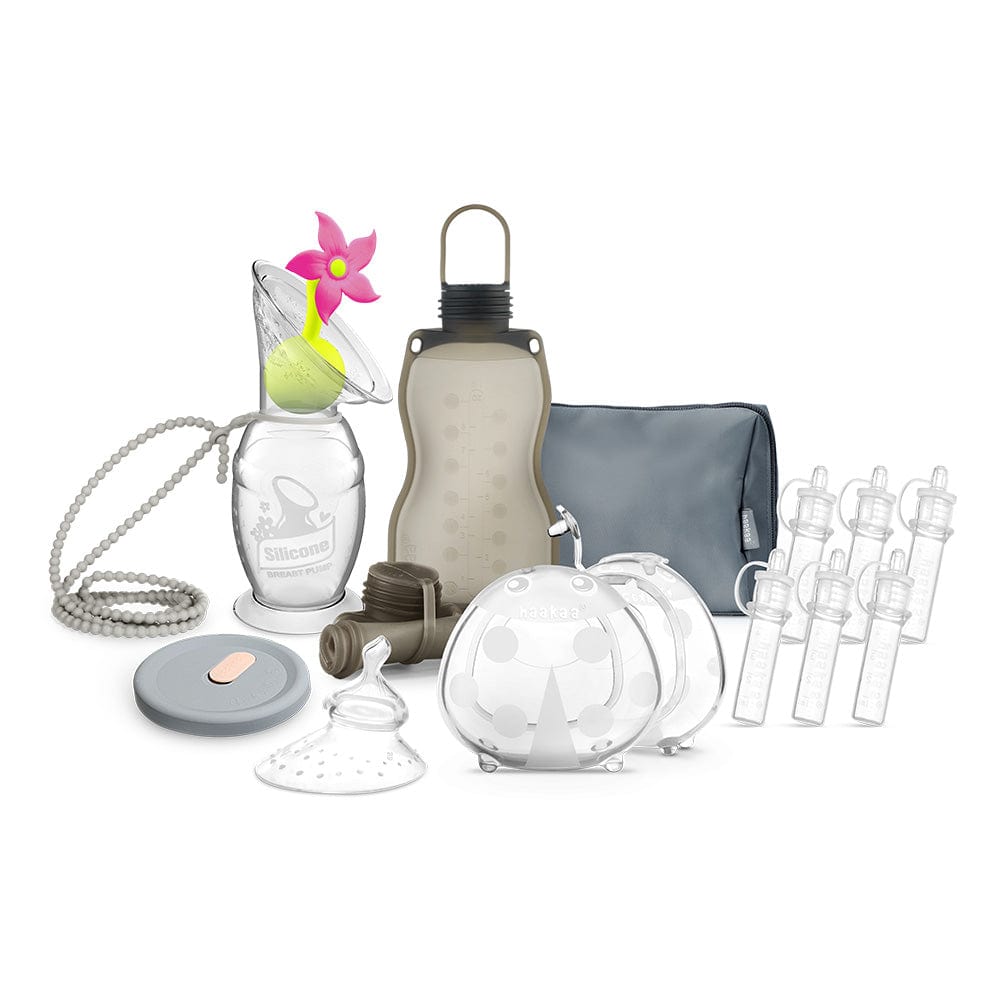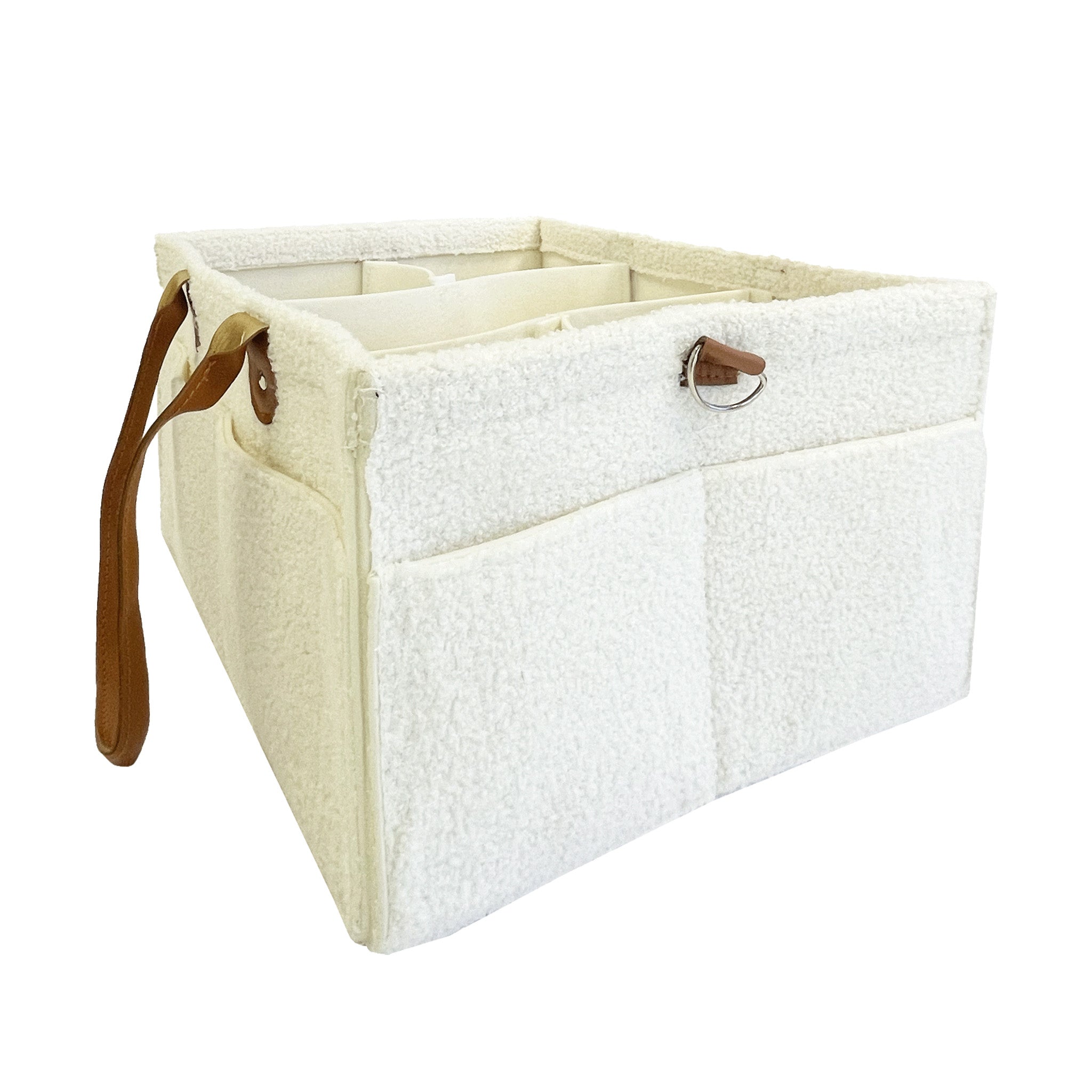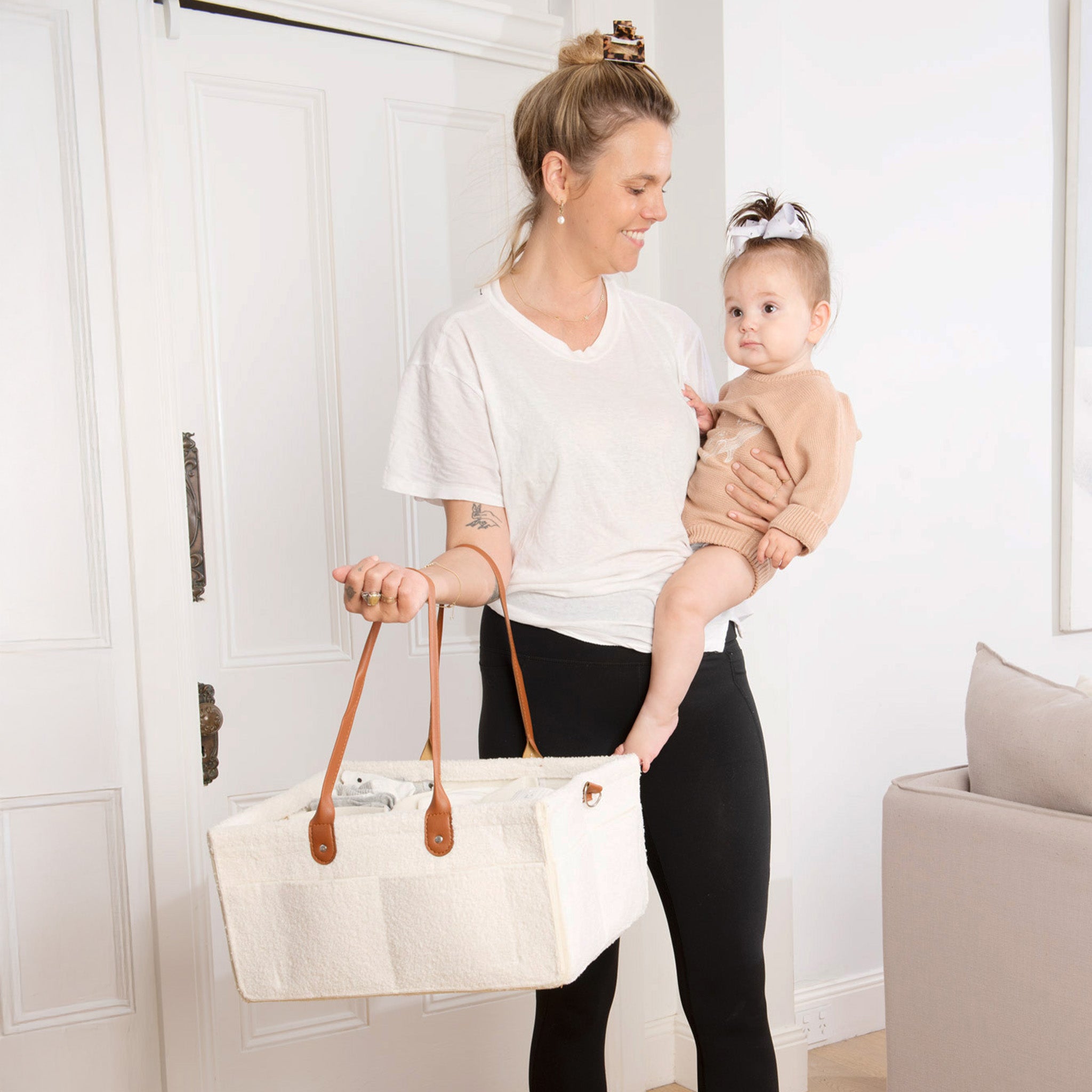Guest blog by Senior Physiotherapist Amber Hanrahan
Perhaps you’re a little confused about the role a physiotherapist can play to support breastfeeding? Physiotherapists can help to manage the usual pain management of back pain, neck pain and other body aches that may be wreaking havoc on your body whilst you are trying to nurse your baby. But did you know, physiotherapists with extra training in Women’s Health can provide treatment for painful nipples and mastitis related problems? In 2022, there’s new guidelines released by the Academy of Breastfeeding Medicine (ABM), with updated protocols suggested for mastitis management.
Amber Hanrahan is a physiotherapist from Perth, who has a special interest in Women’s Health including pregnancy pain management and fitness, birth recovery and return to exercise postpartum. She has a 16 month old son whom she is still breastfeeding, despite having mastitis five times to date! Having support and best practice advice has been paramount to her successful breastfeeding journey.
Ultrasound for blocked ducts / mastitis
Pain within the breast area +/- hard lumps can be caused by engorgement or ‘blocked milk ducts’ (which is outdated terminology now, as we now know the milk ducts narrow due to inflammation within the breast tissue, not because of a blockage). Mastitis is inflammation of the breast tissues. This can cause pain, swelling, inflammation, redness, warmth, fever, shakes and feeling really run down.
To manage the pain, women’s physiotherapists can provide ultrasound treatment to the affected breast to help reduce the inflammation and ease pain. The treatment is pain free and lasts approximately 10 minutes. Depending on the severity, it may take 1-3 days of consecutive treatments to resolve the painful lumps or mastitis.
Some other ways to help manage inflammation include using a cool pack to the area (not heat, as it can increase inflammation) and to very gently massage the area to assist with lymphatic drainage. Do not massage with deep firm pressure as this can cause micro trauma to the tissues, creating more swelling and inflammation elsewhere in the breast. It is best to see your women's physiotherapist for specifically tailored advice.
Laser therapy for nipple pain / damage
Breastfeeding in the early days can cause nipple pain and damage whilst you are trying to get to know your baby. Nipple pain, sensitivity, cracked, bleeding, blistered nipples can be treated with low level laser therapy by a trained physiotherapist. This is a pain free treatment that uses light therapy to speed up natural tissue healing. If you have not already seen a lactation consultant, your physiotherapist will likely recommend you see one, as we will only be treating the symptom (nipple pain) not the cause (breastfeeding attachment). Although this problem is common to have, it can be resolved with the right support. Ask if your local physiotherapist provides laser therapy for nipple pain.
Amber shares exercises, stretches and other tips and tricks on her instagram page, including her recent 7 Days Of Thoracic Mobility reels
Try these stretches & exercises for back pain with breastfeeding
Neck, upper and lower back pain are the main complaints we have for new mothers. And these problems can ebb and flow within the first year after birth. Having ‘good posture’ whilst feeding isn’t always practical, especially in the middle of the night, so supporting your spine by moving it regularly and gently activating the muscles can help to keep niggles at bay. You may also want to try nursing whilst lying down to help ease neck and back pain or prevent it altogether.
Here’s a few exercises you can try to keep your muscles and joints happy, and keep the niggles at bay.
Let’s start with the neck. Instead of tilting your head and stretching your ear as far away from your shoulder as possible, try the opposite! Shrug both your shoulders up and back just a little, and hold that position for 30 seconds or until you start to feel them fatigue. By shortening the distance between the shoulders and earlobes, you are supporting the joints and soft tissues around the base of the neck. This helps to take the pressure off the muscles that have been stretched and strained from prolonged holding of your baby (and looking down at their gorgeous face!).
For upper back pain, try shoulder rolls forward and back as many times as feels comfortable for you, followed by clasping your hands together behind you and lifting up your chest. This helps to straighten out the slumped position we often find ourselves in, especially with a sleeping baby (or toddler!) in our arms! If you can't touch your hands together behind you, hold on to a hand towel and try to creep your hands in as close as possible. Amber has a series of reels on her instagram ‘ 7 days of thoracic mobility’ with plenty more exercise options for upper back stiffness.
For lower back pain, try some pelvic tilts. Either sitting on an exercise ball and rocking forwards, back and in circles (babies like this too!) or lying on your back, rocking your knees side to side. Be mindful when standing up from sitting with your baby in your arms, especially if you have been naptrapped for longer than 20 mins! A firm pillow behind the lower back can help to limit slumping in the chair. Alternatively, if you are nursing in standing, you can try tensing the glute (buttock) muscles and think about ‘standing tall’ to take the pressure off the lower back.
If you’d like to see more tips on these topics, follow Amber’s instagram account which has a mix of educational advice, exercise ideas and unfiltered, real life mum-life! If you are in Perth, Amber is working at Roar Physiotherapy in Cockburn. Otherwise she will happily point you in the right direction to help you find a local physiotherapist to suit your needs. As always, these tips are general and an individualised assessment and treatment plan is recommended for best outcomes.
Thank you Amber!

